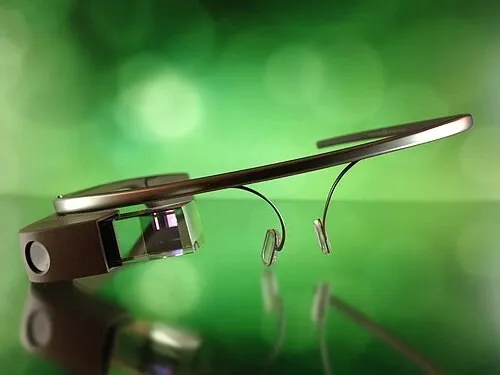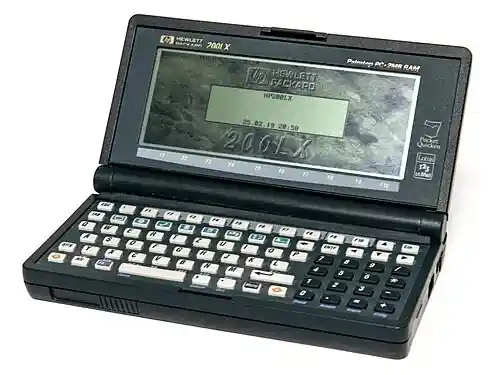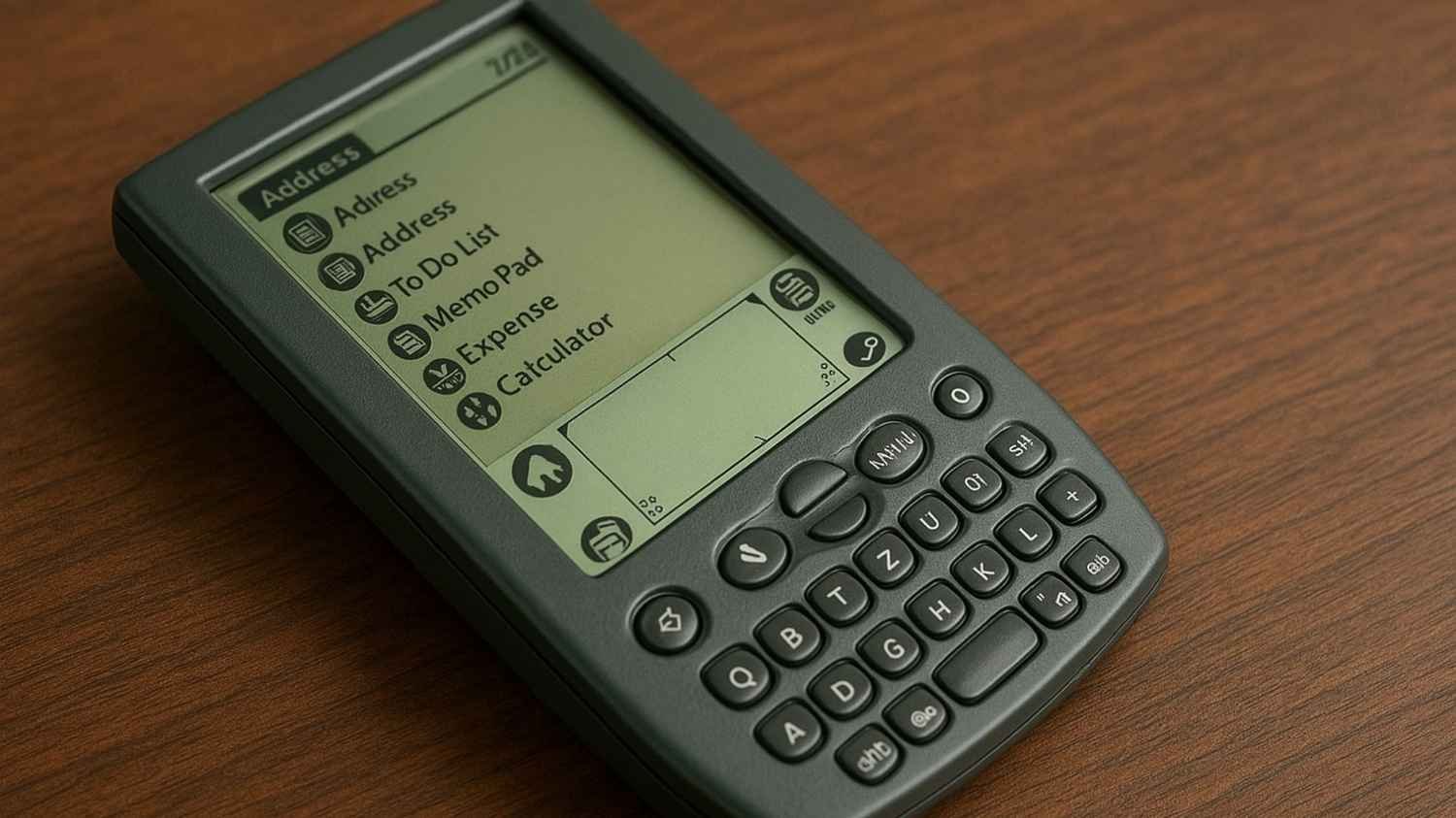The Promise of Revolutionary Innovation
Technology companies constantly push boundaries, creating products that promise to transform how we live, work, and play. These innovations often capture public imagination with their cutting-edge features and bold marketing campaigns. However, not every promising tech product manages to find its place in the market.
When Great Ideas Meet Market Reality
Tech products can fail for numerous reasons beyond poor design or functionality. Sometimes the timing isn’t right, the price point proves too steep, or competing technologies simply offer better solutions. Market adoption, consumer behavior, and business strategy all play crucial roles in determining whether a product succeeds or becomes a cautionary tale.
Here are five tech products that showed tremendous promise but ultimately crashed and burned in spectacular fashion.
1. LaserDisc

The Pioneer of High-Quality Home Entertainment
LaserDisc emerged in the late 1970s as the first optical disc storage medium for home video. Pioneer and MCA developed this technology to deliver superior picture and sound quality compared to VHS tapes. The large, 12-inch discs resembled vinyl records but contained digital video and audio information.
What Made LaserDisc Special
This technology offered remarkable video quality for its time, featuring crisp images without the degradation common in VHS tapes. LaserDisc players provided features like freeze-frame, slow motion, and chapter selection – capabilities that wouldn’t become standard until DVDs arrived decades later. Movie studios embraced the format for special editions, often including director’s commentaries and behind-the-scenes content.
Why It Failed to Take Off
Despite its technical superiority, LaserDisc faced significant hurdles. The discs were expensive to produce and purchase, with movies costing $30-100 compared to $20 VHS tapes. The players themselves carried hefty price tags, making them luxury items rather than mainstream products. Additionally, most LaserDiscs couldn’t record content like VHS tapes, limiting their appeal to movie enthusiasts rather than general consumers.
2. Google Glass

The Vision of Augmented Reality
Google unveiled Glass in 2013 as a revolutionary wearable computer that promised to bring the internet directly into users’ field of vision. The sleek, lightweight headset featured a small display positioned above the right eye, controlled through voice commands and touch gestures on the frame.
Bringing the Future to Your Face
Google Glass aimed to make computing seamless and hands-free. Users could take photos, record videos, get directions, send messages, and access information without reaching for their phones. The device represented Google’s ambitious vision of ubiquitous computing, where digital information seamlessly integrated with the physical world.
The Reality Check That Ended the Dream
Multiple factors contributed to Google Glass’s downfall. Privacy concerns dominated public discourse as people worried about being recorded without consent, leading to bans in restaurants, bars, and other establishments. The $1,500 price tag made it inaccessible to most consumers, while battery life proved disappointingly short. Technical limitations, social stigma, and unclear value proposition for everyday users ultimately forced Google to withdraw the product from the consumer market.
3. Segway PT

The Transportation Revolution That Wasn’t
Dean Kamen unveiled the Segway Personal Transporter in 2001 with unprecedented fanfare, promising to revolutionize urban transportation. This self-balancing, two-wheeled electric vehicle used gyroscopic sensors and sophisticated software to keep riders upright while moving at speeds up to 12.5 mph.
Engineering Marvel Meets Urban Mobility
The Segway represented impressive engineering achievement, using advanced stabilization technology to create an intuitive riding experience. Kamen envisioned these devices replacing cars for short trips, reducing traffic congestion and environmental impact in cities worldwide. The company marketed it as the future of personal transportation.
When Innovation Meets Practical Limitations
Several factors prevented Segway’s mainstream adoption. The $5,000 price tag put it out of reach for most consumers, while regulatory restrictions limited where people could ride them. Many cities banned Segways from sidewalks and bike lanes, creating a legal limbo for users. The device’s bulky size made storage challenging, and its association with mall security guards and tourists created an image problem that hindered broader acceptance.
4. HD DVD

The High-Definition Format War Contender
Toshiba launched HD DVD in 2006 as their answer to Sony’s Blu-ray format, sparking one of tech history’s most notable format wars. HD DVD promised to deliver high-definition video content with superior picture quality compared to standard DVDs, while maintaining backward compatibility with existing DVD collections.
Next-Generation Home Entertainment
HD DVD offered significant improvements over standard DVDs, including 1080p video resolution, enhanced audio formats, and interactive features. The format supported storage capacities up to 30GB on dual-layer discs, providing ample space for high-quality movies and special features. Toshiba positioned HD DVD as the more affordable and consumer-friendly alternative to Blu-ray.
Losing the Battle for Living Rooms
Despite initial promise, HD DVD lost the format war to Blu-ray by 2008. Sony’s decision to include Blu-ray drives in PlayStation 3 consoles gave their format a significant advantage, putting millions of Blu-ray players in homes worldwide. Major movie studios gradually shifted support to Blu-ray, with Warner Bros.’ exclusive backing of Blu-ray in 2008 delivering the final blow. Toshiba officially discontinued HD DVD in March 2008, leaving early adopters with obsolete players and discs.
5. Palmtop Computers/PDAs

The Original Pocket Computing Revolution
Personal Digital Assistants emerged in the early 1990s, with devices like the Apple Newton and Palm Pilot promising to put computer functionality in users’ pockets. These handheld devices offered features like contact management, calendar scheduling, note-taking, and basic computing tasks through stylus-based interfaces.
Computing Power in Your Palm
PDAs aimed to digitize and organize personal information, eliminating the need for paper planners and address books. Advanced models included email capability, web browsing, and even basic multimedia functions. Companies like Palm, HP, and Dell invested heavily in developing increasingly sophisticated devices with color screens, wireless connectivity, and expanded memory.
Smartphone Supremacy Ends the Era
The rise of smartphones ultimately killed the PDA market. Devices like the iPhone and Android phones combined PDA functionality with phone capabilities, internet access, and app ecosystems in sleeker packages. Consumers preferred carrying one device instead of separate phones and PDAs, especially as smartphones became more affordable and capable. By 2010, standalone PDAs had virtually disappeared from the market.
Learning from Innovation’s Graveyard
These five products remind us that technological brilliance alone doesn’t guarantee market success. Timing, pricing, consumer acceptance, and competition all influence whether innovations thrive or fail. While these products may have flopped commercially, many contributed valuable lessons and technologies that eventually found success in other forms.
The tech industry’s willingness to take risks and push boundaries drives progress forward, even when individual products don’t succeed. Today’s successful technologies often build upon concepts and innovations from yesterday’s failures, proving that even flops can play important roles in technological evolution.
Also read: 5 Forgotten Apple Fails That Didn’t Make iHistory

